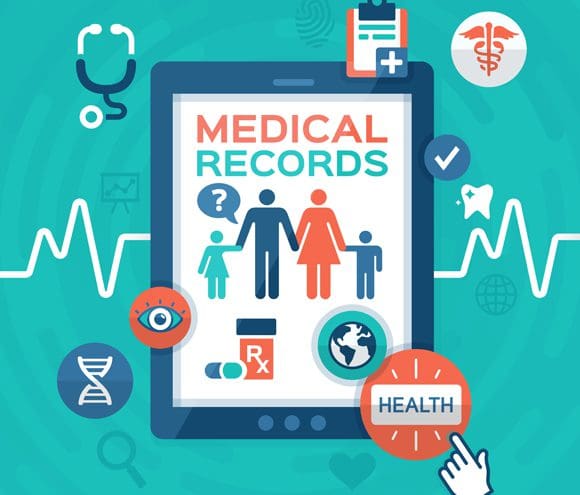After attending the Mobile World Congress last month and anticipating the HIMSS this month, I am fascinated by the latest technology that is being discussed. Most exciting to me is the potential of IoT to help with remote patient monitoring to better track the needs/trends of the patient.

Even with all the excitement surrounding this technology, there are questions around trust that will arise from points both external and internal to healthcare providers. In some cases, there will be distinct technological solutions or process improvements to be implemented; in others, comfort level with the new environment of healthcare will have to build among providers and/or patients over time.
As an example, let’s look at wellness monitoring and care, one of the most promising areas of application for eHealth. By enabling patients via the “on-the-go” technology of mobile devices to take certain types of readings themselves (blood pressure, oxygen saturation, glucose levels, etc.) and allowing providers to monitor that data remotely and intervene as needed, providers would be able to maintain more accurate, real-time assessments of their patients’ conditions. This would not only result in improved care, but would cut costs for both providers and patients by eliminating the need for office visits.
But what are the ramifications of the shift from having trained professionals perform measurements in a medical office to patients taking readings wherever they may be? How does the global healthcare industry manage questions around the accuracy of the data? How can it be ensured that the equipment used to take and transmit the readings is working correctly? How can it be ensured that the patient performing the measurements is doing so correctly? How does one account for the security and reliability of the connectivity from the patient to the medical professionals who analyze or interpolate the data? Who has access to the data? And who owns the data?
Risk is something that comes with the development of new technology and the integration of personal health devices (PHDs) is no different. The risks are not solely tied to the use of smart devices that were not traditionally meant to function as medical devices, but they are also tied to how the PHD is used and whether the patient uses the device in the manner it is intended. There are many articles that discuss patients with chronic diseases and the elderly. These articles indicate that many of these patients do not have smart devices or cannot read the user interfaces on the PHD. How does the patient know if he or she took the measurement correctly? The manufacturers of these devices need to keep it simple. Understanding how the user will interact with the device becomes extremely important to how the device gets used and what data will get captured.
Another part of the risk is the security and privacy of the patient data. The ability to protect patient privacy and the data that the remote monitoring device is exchanging is critical to allow for full integration.
Additional risks exist by way of calibration of the applications themselves, such as the accuracy of mobile applications versus regulated medical devices, and the integrity of transmitted data to the care provider’s systems.
There is work across the healthcare industry to look at these risks. It is also worth noting that the challenges that may be facing digital health are not only limited to mobile health or the healthcare industry alone; rather, they may receive greater spotlight due to the topical focus and the sensitivity of the data.
Extending care beyond hospital and doctor’s office walls via standards-based eHealth will demand rethinking information trust inside those walls, and accounting for complex issues around greater sharing of sensitive information by building a robust trust framework figures to be a prime factor in eHealth’s ultimate success.

